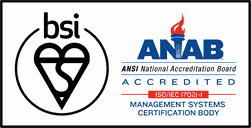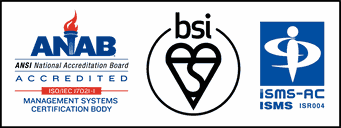Hematopoietic Cell Transplantation in Japan: 2023 Summary Slides
Hematopoietic Cell Transplantation in Japan 2023 Summary Slides
Appendix to slide42-92: The number of patients in each group and crude survival probabilities
These slides present the results of data compilation and basic analyses of the unified and electronic information collected from registered recipients and donors for hematopoietic stem cell transplantation using the Transplant Registry Unified Management Program (TRUMP).
Cellular Therapy in Japan: 2023 Summary Slides
Cellular Therapy in Japan 2023 Summary Slides
These slides present the results of analyses regarding activities of cellular therapy in Japan based on information registered in the Japanese version of FormsNet3 by July 31, 2023.
Notes on the use of summary slides
When the contents of these slides are cited or reproduced, the information source must be indicated as described below*; provided, however, that any modification of the contents (data compilation and analysis results) is prohibited. Please contact us in advance whenever you have questions.
* "Hematopoietic Cell Transplantation in Japan 2023 Summary Slides provided by the Japanese Data Center for Hematopoietic Cell Transplantation (JDCHCT)"
* "Cellular Therapy in Japan 2023 Summary Slides provided by the Japanese Data Center for Hematopoietic Cell Transplantation (JDCHCT)"
Supplementary explanation on Hematopoietic Cell Transplantation in Japan 2023 Summary Slides
- Classification of the intensity of pre-transplant conditioning regimen is based on drug type as well as dose amount and dosing schedule, with several patterns for classification. This graph shows results of data compilation using the definitions of classification reported in, "Giralt et al. Reduced-intensity conditioning regimen workshop: defining the dose spectrum. Report of a workshop convened by the center for international blood and marrow transplant research. Biol Blood Marrow Transplant. 2009 Mar;15(3):367-9."
- Myeloablative conditioning is defined as therapy with a total body irradiation dose >8 Gy, melphalan dose >140 mg/m2, or busulfan ≥9 mg/kg. When no information regarding irradiation or drug doses is available, making classification according to the above-described definitions impossible, the attending physician determines whether or not the pre-transplant conditioning was myeloablative or nonmyeloablative.
- Risk groups for leukemia are classified using the definitions described below.
-
Standard Risk Group : acute myelogenous leukemia (first complete remission/second complete remission), acute
lymphoblastic leukemia (first complete remission), chronic myelogenous leukemia (complete hematologic response/first
chronic phase), and myelodysplastic syndrome (WHO 2017 classification: MDS with single lineage dysplasia/MDS-RS and
single lineage dysplasia/MDS-RS and multilineage dysplasia/MDS with multilineage dysplasia/MDS with isolated
del(5q)/MDS, unclassifiable/Refractory cytopenia of childhood (provisional entity)
WHO old classification, FAB classification:refractory anemia[RA] /refractory anemia with ring sideroblasts[RARS]/refractory cytopenia with multilineage dysplasia[RCMD]/refractory cytopenia with multilineage dysplasia and ringed sideroblasts[RCMD-RS]/myelodysplastic syndrome associated with isolated del(5q)chromosome abnormality[5q−syndrome]) - Advanced risk group: all conditions other than those listed above
-
Standard Risk Group : acute myelogenous leukemia (first complete remission/second complete remission), acute
lymphoblastic leukemia (first complete remission), chronic myelogenous leukemia (complete hematologic response/first
chronic phase), and myelodysplastic syndrome (WHO 2017 classification: MDS with single lineage dysplasia/MDS-RS and
single lineage dysplasia/MDS-RS and multilineage dysplasia/MDS with multilineage dysplasia/MDS with isolated
del(5q)/MDS, unclassifiable/Refractory cytopenia of childhood (provisional entity)




